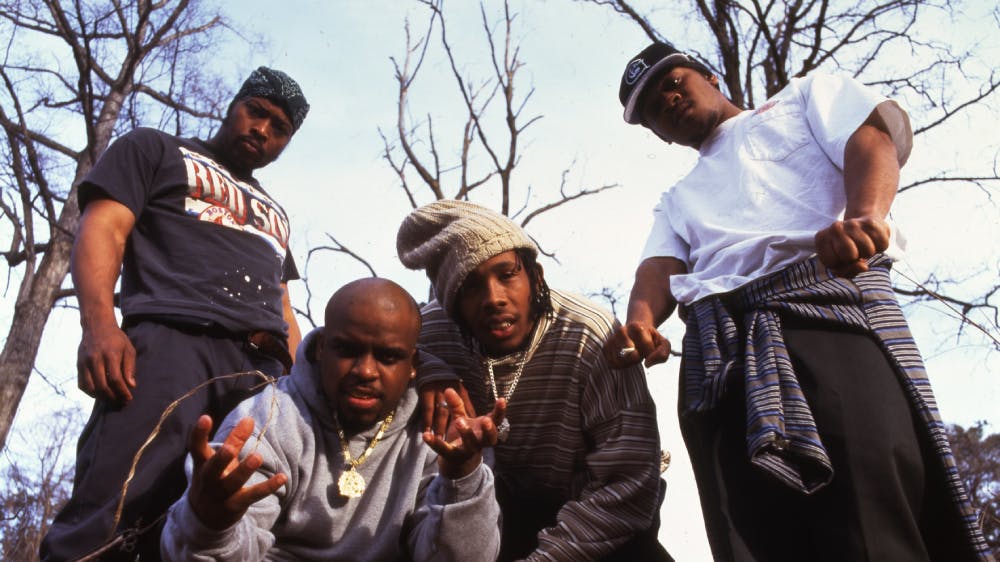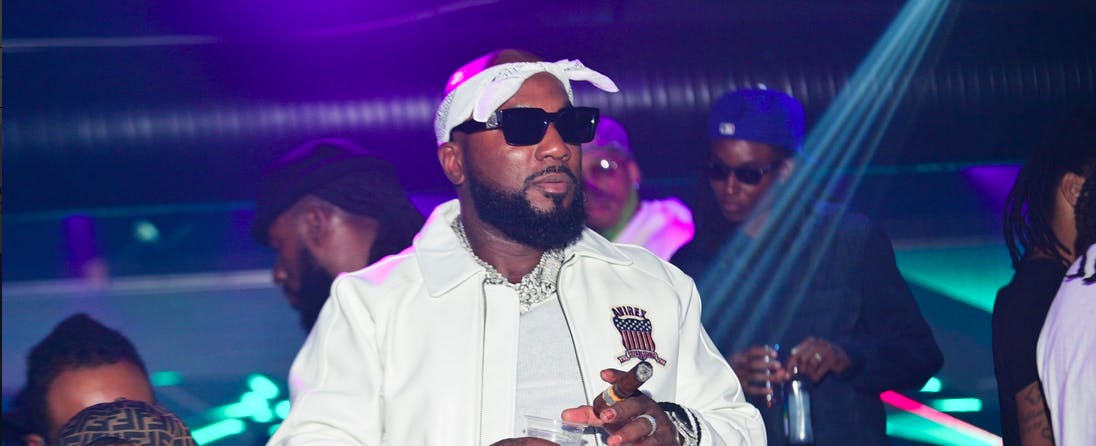
What Is Trap Music? The Subgenre of Hip-Hop
What Is Trap Music? The Subgenre of Hip-Hop
Published Wed, October 7, 2020 at 3:00 AM EDT
So, What Exactly Is Trap Music?
In recent years, “trap” has become the dominant subgenre in Hip-Hop, with artists like 2 Chainz, Lil Uzi Vert, Rico Nasty, Kodak Black, BIA, Latto, Flo Milli, and Glo Rilla dominating the airwaves and the charts. But what are the origins of the subgenre? While trap began to gain mainstream popularity in the 2010s, it’s been around for much longer.
The Beginning of Trap Music
In a 2017 interview with Angie Martinez, Atlanta rapper T.I. claimed that he invented the trap sound, sparking conversation about the subgenre’s origins.
“There was no such thing as trap music prior to [T.I.]," he said. "No such thing. It didn’t exist. It was OutKast and crunk, like--that’s what it was: Organized Noize and crunk.”
Indeed, in 2003 the release of his seminal album, Trap Muzic, T.I. technically introduced the term “trap music” to Hip-Hop. But trap music existed long before T.I. came onto the scene in 2001 with his debut, I’m Serious.
While the hi-hats, high BPMs, and synths that characterize trap beats are complex, this style of music wasn’t developed by a single person or overnight.
Groups from the southern United States like Eightball & MJG, The Geto Boys, and UGK were instrumental in the creation of what became the Southern rap scene back in the late 80s and early 90s, weaving cautionary tales about street life and survival that became the bedrock for rappers like T.I. years later.
While the music certainly wasn’t labeled “trap” at that time and was far more expansive in its scope, the basic concept that encompasses “trap” music has been around since the late 80s and very early 90s.

The Origins of the Word “Trap"
Trap life and trap queens make up a good portion of the lyrical content on your typical trap song. So where did the word “trap” come from exactly? While the term had obviously been circulating previously, the first notable mention of the word “trap” on record came courtesy of Goodie MOB’s Khujo, on the stellar “Thought Process” from the Atlanta group’s 1995 debut album Soul Food.
On the song he raps, "When I was out in the trap or when I was goin' through one of our episodes, only God knows what I go through..."
Fellow Dungeon Family crew members like Cool Breeze and Backbone also spent time detailing exploits in the “trap” lyrically. Atlanta underground rapper, Hitman Sammy Sam, also was an important figure in detailing street life what would later be known as the trap.
The sound behind "trap"
While early Southern rap acts may’ve detailed street life in what later became known as the “trap,” the sound of today’s trap music arguably has its roots in Memphis. Memphis veterans like Kingpin Skinny Pimp, Gangsta Boo, La Chat, DJ Squeeky, Tommy Wright III, Juicy J, and DJ Paul crafted the sound that would become the foundation for today’s trap music — fast high-hats, low bass, stark kick drums. Add that to the triple-time rap style they’re credited with honing, and you have the sonic basis for a lot of today’s trap music.

The mainstream introduction of trap music
Following the success of T.I.’s Trap Muzik, a slew of artists emerged and embraced the sound and label of trap music in the early 2000s, from Atlanta, Georgia, to Memphis, Tennessee and beyond. Young Jeezy’s top-selling 2005 debut, Let’s Get It: Thug Motivation 101 sprung to #2 on the Billboard 200, anchored by tracks like “Trap Or Die” featuring Bun B and “Trap Star.”
Atlanta rapper Gucci Mane’s 2005 debut, Trap House also helped further solidify the term among Hip-Hip fans. The album also notably featured Khujo on the track “Corner Cuttin.”
Although he experience greater commercial success with subsequent albums, the project was a significant entry into the early sound of trap. Yo Gotti, Waka Flocka Flame, Three 6 Mafia, Lil Jon, Young Thug, Fetty Wap, Migos, Rick Ross, Travis Scott, Future, and many more trap rappers soon emerged and embraced the style, selling millions of records in the process.
The evolution of trap
As time has passed, so has the sound associated with trap music. While in its beginnings the music was largely about street life, detailing the pitfalls of the so-called “trap” and drug dealing, and how to avoid the “traps” of violence and prison, these days, the sound has shifted to detailing various routes of short-lived escapism from the trap– namely through drug use.
With the lyrical shift, the music has changed too and now is heavily influenced by EDM dance music as well, with producers like Metro Boomin, Lex Luger, Zaytoven, Cardo, and more using more synthesizers and dubstep inspiration as they crafted hits in the music genre.
From 21 Savage, Drake, Kanye West, Post Malone, Cardi B, and Lil Baby, to City Girls, NBA Youngboy, and more, trap music continues to carve its place in the music industry. It’s in the mainstream now, winnng Grammys and dominating the Billboard Hot 100.
Rap music, and trap music specifially, is a staple in most popular music playlists. From its modest origins to its modern popularity, the history of trap is truly something special.



